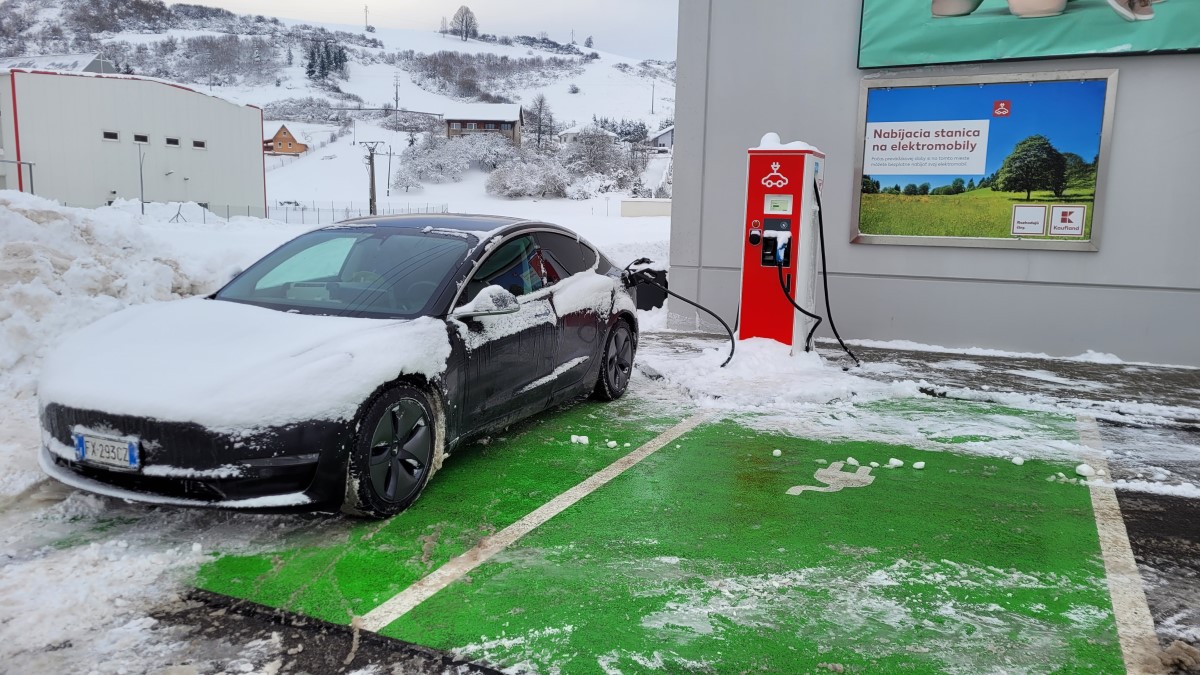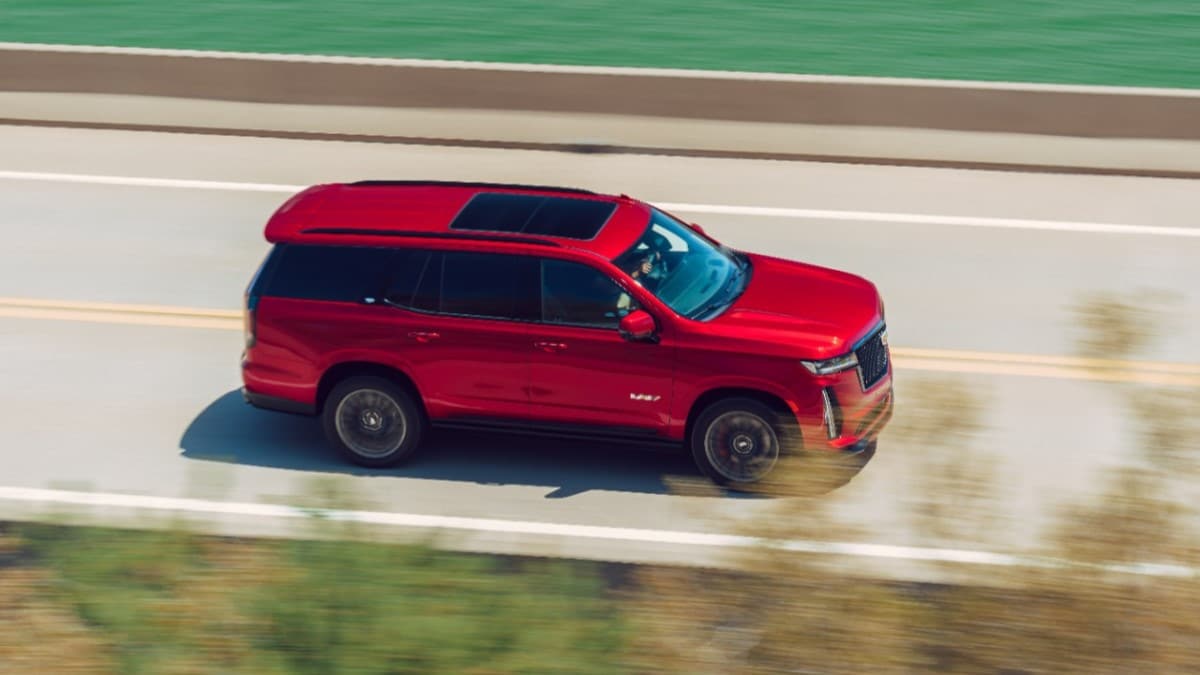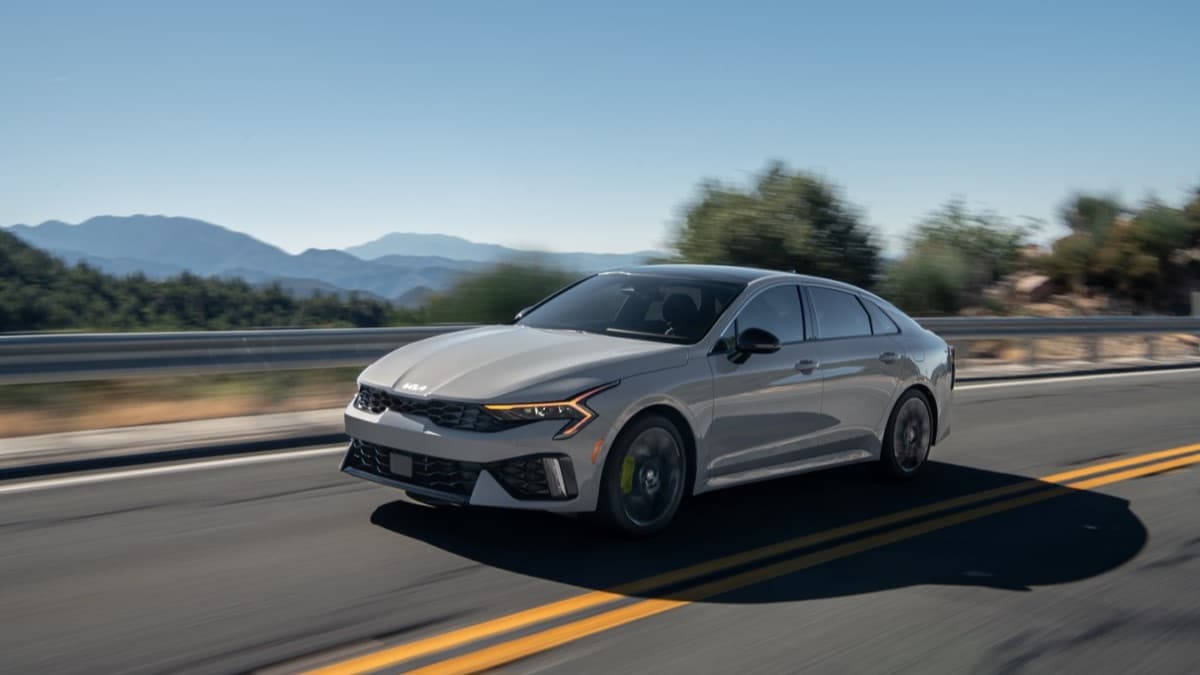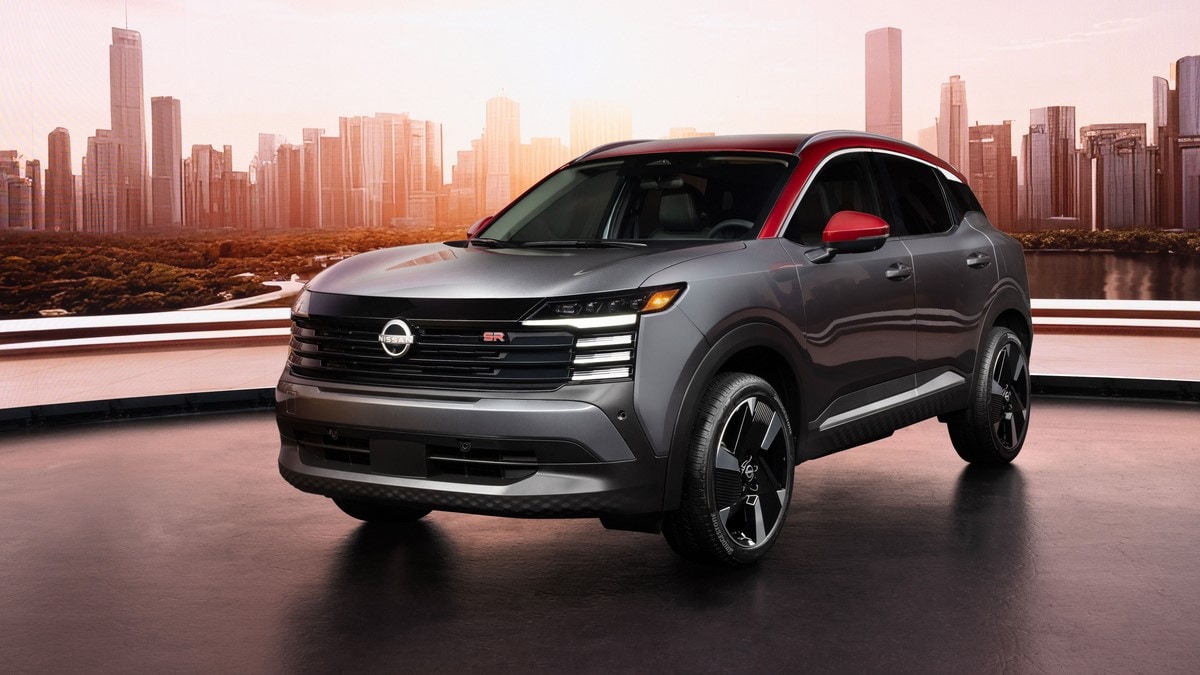Every mention of electric vehicles (EVs) online devolves into an argument. But, like most politicized issues, the true story is always more complicated than the comments section on a social media post allows.
The arctic blast punishing much of the U.S. this week provides a perfect example.
Scary Reports Show EVs Dying Waiting to Recharge
Media reports, including our own, have called attention to the challenges of driving an EV in cold weather. All cars lose range in cold as severe as what many states have seen this week. Gas-powered cars and EVs alike can see their range drop by a third or more as they struggle to turn stored energy into motion in extreme conditions.
Related: Study – All EVs Lose Range in the Cold, Some More Than Others
But that poses a bigger problem for EV owners, as America’s infrastructure means we have access to enough gas pumps to accommodate the change, but public chargers are rare and overworked.
EV Enthusiasts Counter With Reliability Number
Many EV enthusiasts have countered with a report from Viking – the Norwegian equivalent of AAA. Electrek explains that Viking “says that it responded to 34,000 assistance requests in the first nine days of the year.” Just 13% of them came from EV owners.
Since about 23% of Norwegians drive an EV, the site concludes that “electric vehicles fail at a lower rate than gas cars in extreme cold.”
Neither Report Means EVs Are Good or Bad
That’s strictly true. But it’s also misleading. EVs are a relatively new technology, meaning that there are far more old gas-powered cars on Norwegian roads than old EVs.
Old stuff fails at a higher rate in extreme conditions.
We won’t know whether EVs face any more or fewer reliability issues in cold conditions until they appear in numbers — and at ages — similar to gas-powered cars.
A week of conflicting reports about EVs in the cold can lead us to a few useful conclusions. But they don’t tell us whether EVs are better or worse than gas-powered cars.
Instead, they tell us what we already knew.
James Boley, a spokesman for the Society of Motor Manufacturers and Traders, told The New York Times, “The problem was less about the capacity of electric vehicles to run well in cold weather, and more about the inability to provide necessary infrastructure, like charging stations.”
Studies have repeatedly shown that America will need many more EV chargers to make EVs practical for every American. Only around a fifth of public chargers are the fastest kind – what you want when you’re shivering and need to get back on the road.
We all know the country needs more chargers, and many entities, from the federal government to private companies, are building them as you read this.
This week’s debacle, then, doesn’t tell us that EVs are great or terrible. It tells us that many drivers should wait for the infrastructure to catch up before switching.
That would mean slowly growing EV sales as the infrastructure improves. You know…like we’re seeing.





